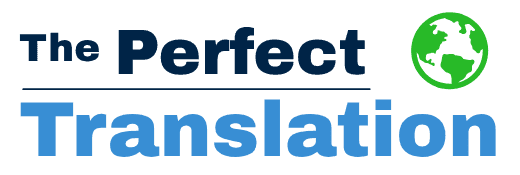Translating a text from a source language (SL) to a target language (TL) can be very difficult when the subject matter contains legal material or proprietary information. For legal translations, it’s best to start by developing a translation glossary.
 A translation glossary is a compilation of specific terminology pertinent to the documentation with pre-approved translations in the target language. It is constructed with the combined efforts of the client and the translation company. For example, it often contains names, trademark terms, and acronyms. This material helps the translator understand terms that may be specific to the company, situation, or product and make the correct language conversions.
A translation glossary is a compilation of specific terminology pertinent to the documentation with pre-approved translations in the target language. It is constructed with the combined efforts of the client and the translation company. For example, it often contains names, trademark terms, and acronyms. This material helps the translator understand terms that may be specific to the company, situation, or product and make the correct language conversions.
How do you compile a translation glossary?
Creating a translation glossary isn’t as difficult as it may sound. It merely takes a little time but is an investment well worth every minute put into it.
- Identify the terms. The first step is to create a list of all the words that may require extra definition. Review the materials and highlight terms to be included. For example, look for abbreviations, proprietary terms or processes, department names, obscure words, and acronyms. It may be helpful to have the translator review the document and highlight any words or phrases they are unclear about. Don’t worry about including every single word that could be confusing. You just want to get the most frequently used ones.
- Discuss the terms. Set aside time to meet with the translator to discuss your highlighted terms. Your translator should have options for accurate translations and ensure that the words they select will match your descriptions and definitions best. Having a good dialogue at this stage will ensure the glossary is accurate.
- Write them down. Use a simple electronic spreadsheet software program to document all the terms and the correct translation. This program will easily alphabetize your list or be easily searchable when used electronically.
- Share the glossary. Everyone involved in the translation should have a copy and be committed to using it. All parties on the client’s side should also have a copy to ensure they continue using the approved terminology to make the translation work easier and more accurate.
When you work with a professional translation company specializing in legal documentation, they will understand how to construct a good translation glossary and help you with each step. Those with experience will be able to help you identify any areas that may be confusing or complicated and work with you to ensure your translation is accurate.
Make your work easier with accurate legal translation services from The Perfect Translation.
The Perfect Translation understands the legal requirements for all types of translation processes, from immigration applications to international contract law and financial disclosure requirements. Our team is comprised of professionals with language proficiency and subject matter expertise. We will navigate the processes required for your document to be expeditiously processed in the legal matters you manage. Contact us today for more information and a free quote.

Leave a Reply